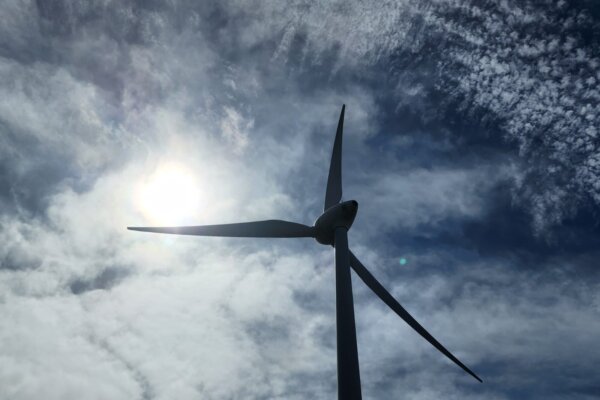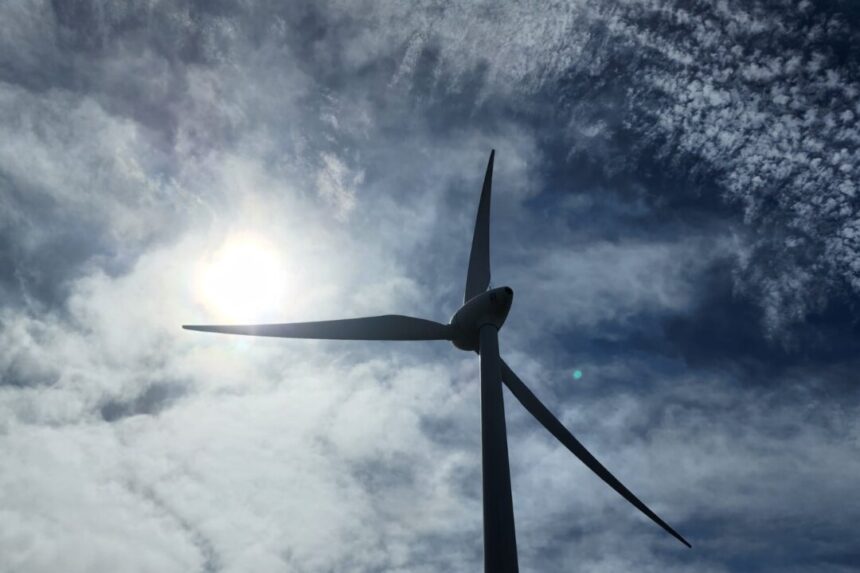
The Albanese Labor government has revealed the largest-ever single tender for renewable energy in Australia.
The government aims to achieve 82 percent renewable energy by 2030, and this new tender is part of the expanded Capacity Investment Scheme (CIS) costing $67 billion to the taxpayer between 2024 and 2027.
The tender focuses on acquiring 6 gigawatts (GW) of new variable renewable energy projects for the National Electricity Market (NEM).
A deal has been signed with the New South Wales (NSW) Labor government for 2.2 GW of renewable energy, while South Australia (SA) will receive 300 megawatts for renewable energy projects, pending final agreement.
Tenders for 500 MW power for renewable energy storage will also open in Western Australia later this year, benefiting 45,000 homes.
Further details on the tender process will be provided in a market briefing in early May, with new tender rounds running every six months until 2027.
‘Rain Doesn’t Always Fall, But We Always Have Water On Tap’: Bowen
Climate Change and Energy Minister Chris Bowen emphasizes that reliable renewable energy is the cheapest and cleanest form of power, comparing it to having water on tap even when it doesn’t rain.
The NSW Climate Change and Energy Minister Penny Sharpe looks forward to finalizing the ongoing implementation of the CIS in the state in collaboration with the federal government.
The NSW government is also working on delivering six battery and virtual power plants with over one gigawatt of capacity.
Opposition Release Plan for Nuclear Plants Soon
Liberal Opposition leader Peter Dutton is advocating for nuclear power to be included in Australia’s energy mix. The Coalition will provide more details on their nuclear power policy in due course, aiming to support manufacturing, reduce power bills, and boost businesses.
Mr. Dutton highlights the importance of baseload power, stating that nuclear power can provide 24/7 energy supply compared to intermittent sources like wind and solar.
He also mentions the environmental impact, pointing out the land efficiency of small modular reactors compared to solar energy.






